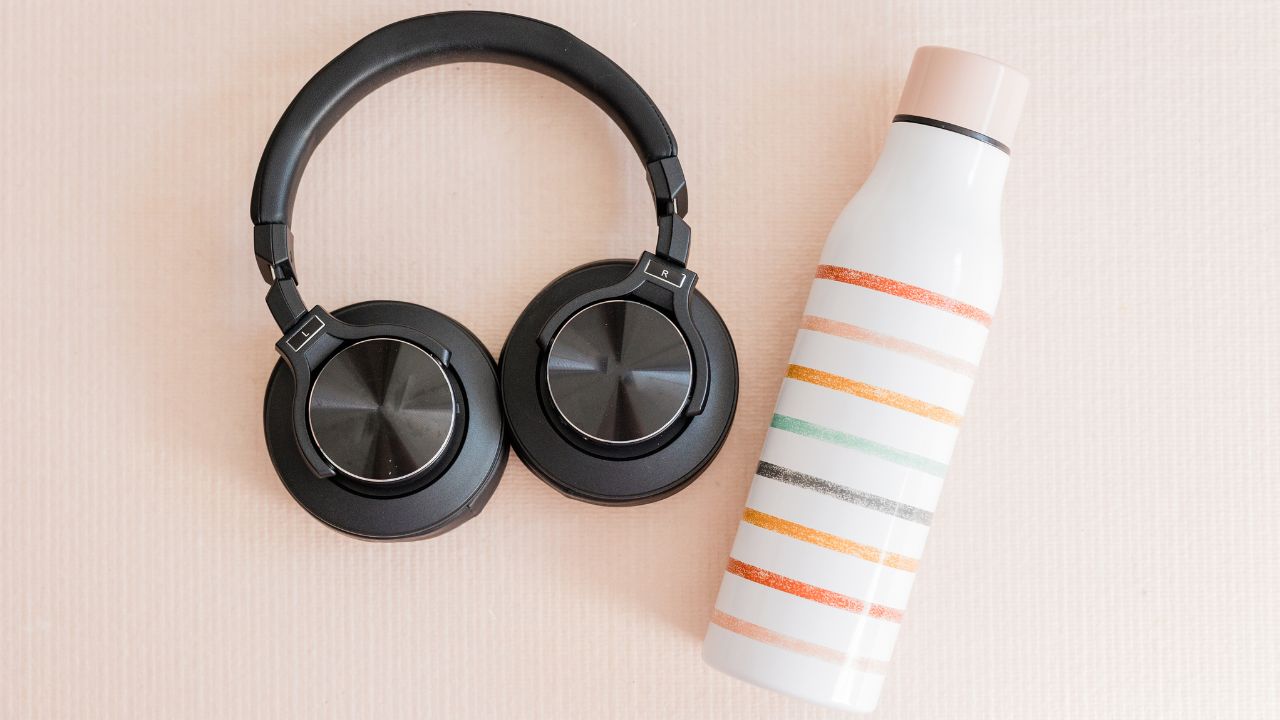A trusted STAINLESS STEEL TUMBLER MANUFACTURER CHINA understands the importance of material selection. It can even make a manufacturer in the competitive production of water bottles. It can influence both the sustainability and quality of the product and the safety of the consumer, the environment, and even the brand of the product. An effective way to select materials depends on a fully informed position to fulfill market requirements, regulatory demands, and expectations of the user.
Performance of Material and Product
A water bottle mainly depends on the performance of the material that it is composed of. Stainless steel, Tritan plastic, glass, and aluminum are the popular materials commonly used in the manufacturing of materials with various characteristics, making them different and having different impacts on how the bottle can be conveniently used in its daily use. An example is stainless steel, which is highly flexible in its strength, resistance to corrosion, and thermal insulation, which is an excellent material to be used both in beverages and in hot drinks. Conversely, plastic bottles are cheap and easy to carry, but should not contain any toxic materials such as BPA to be regarded as safe. The material cannot be indifferent since it influences the ability of the bottle to preserve temperature, withstand hits, and stay sound during the period.
Consumer Health Safety
It is a non-negotiable fact that safety is an essential part of any product that makes contact with foods or beverages. Proper selection of the material will make sure that there are no poisonous materials that seep into the water, except when it is subjected to heat or sun rays. The reputable manufacturers emphasize food-grade, non-toxic raw materials that are internationally certified to be safe. To give an example, BPA-free Tritan plastic and 18/8 stainless steel products are universally agreed to be safe. Lack of appropriate selection of materials may result in chemical contamination and a big threat to health, thus affecting the reputation of a company, in addition to having some legal repercussions.
Manufacturing Efficiency and Cost
Other necessary factors are the convenience of manufacture and costs. Not all the materials can be produced through a complex process, and some are much easier to fabricate. An example is the mass production of plastic bottles that minimizes costs, and it can therefore be used where high levels of volumes of bottles are purchased. This is, however, most of the time at the expense of longevity and perceived value. Conversely, stainless steel and glass can be more costly to make but are more durable and provide a luxurious feel, and are therefore well worth the increased price. The appropriate material will compound the quality with the production efficiency and will be within the desired market.
Brand Positioning and Market Attraction
Some other aspects that influence the way a brand is regarded in the market include material choice. People have the habit of relating specific materials to quality, innovativeness, or even sustainability. A professional and a person interested in fitness may like a sleek stainless steel bottle, a student or a child may prefer a colorful BPA-free plastic bottle. Companies that match their material choices with the consumer value systems and lifestyle preferences have high chances of flourishing in a competitive world.
Conclusion
Conclusively, material selection in the manufacturing of water bottles is more than a technical decision; that is, it is a strategic decision. It touches upon all the spheres of the product, including its functionality, safety, environmental influence, and brand image. Water bottles that can achieve success in a competitive business environment will be designed by manufacturers that give careful consideration to material choice.


